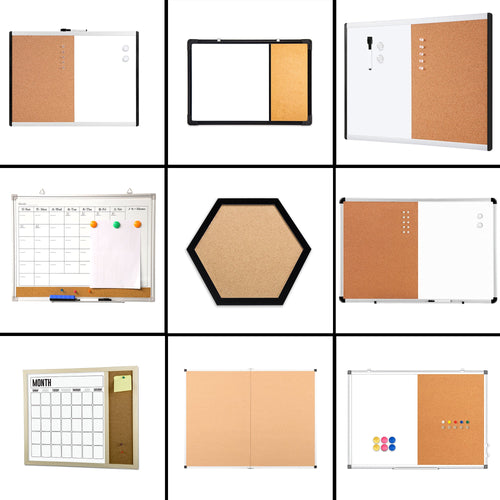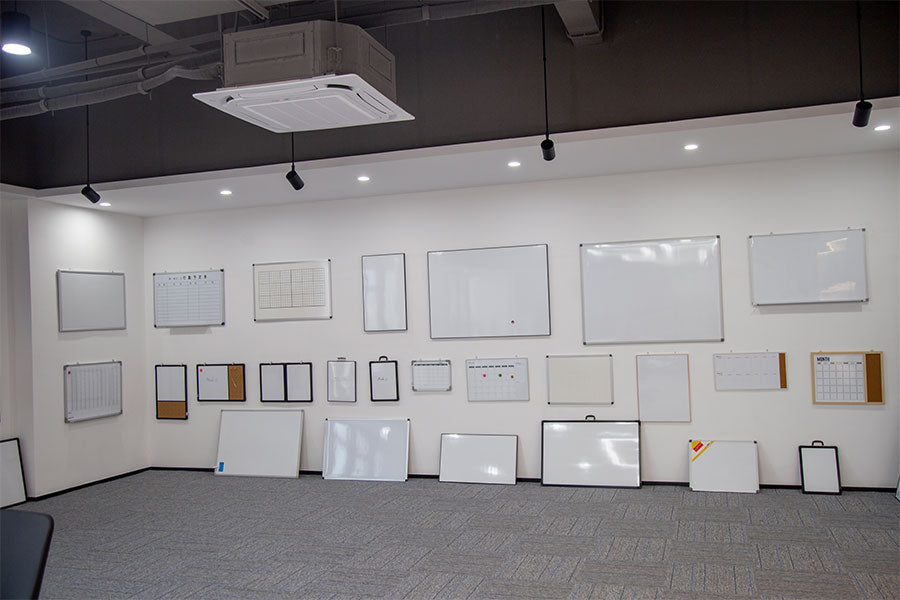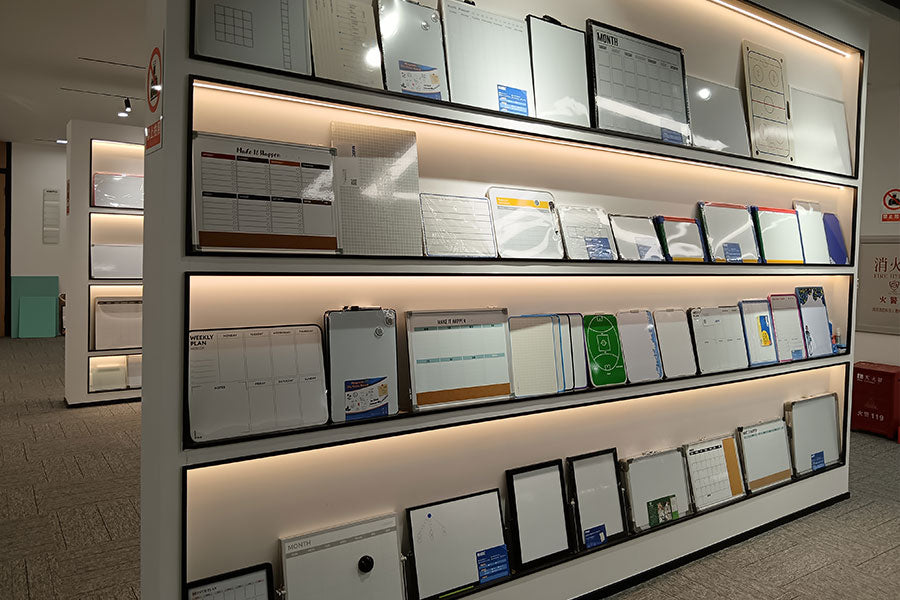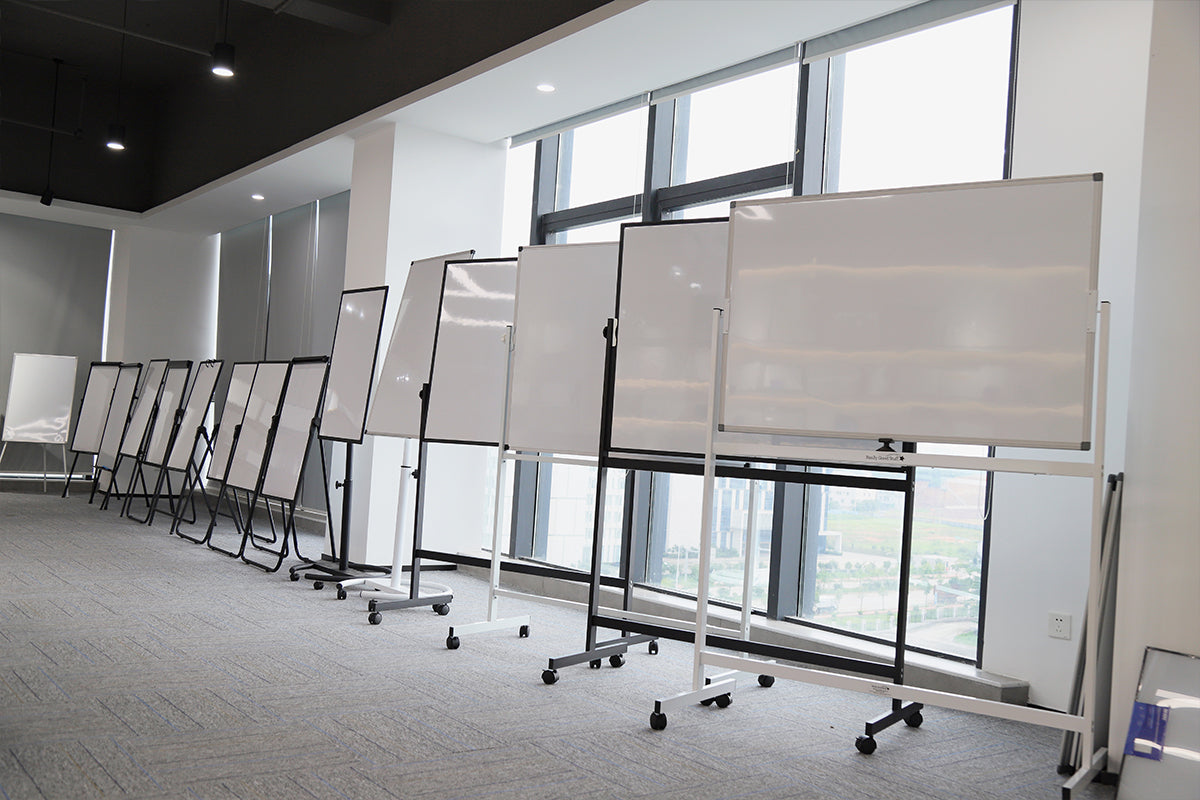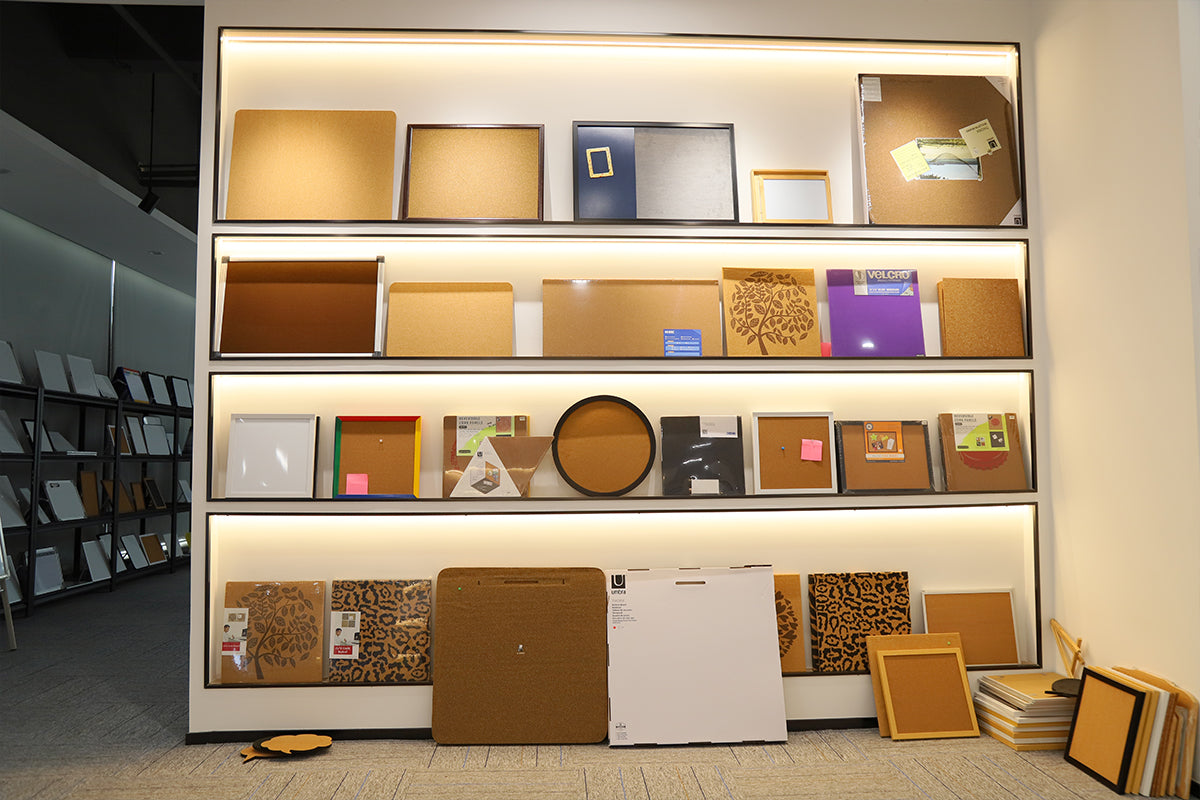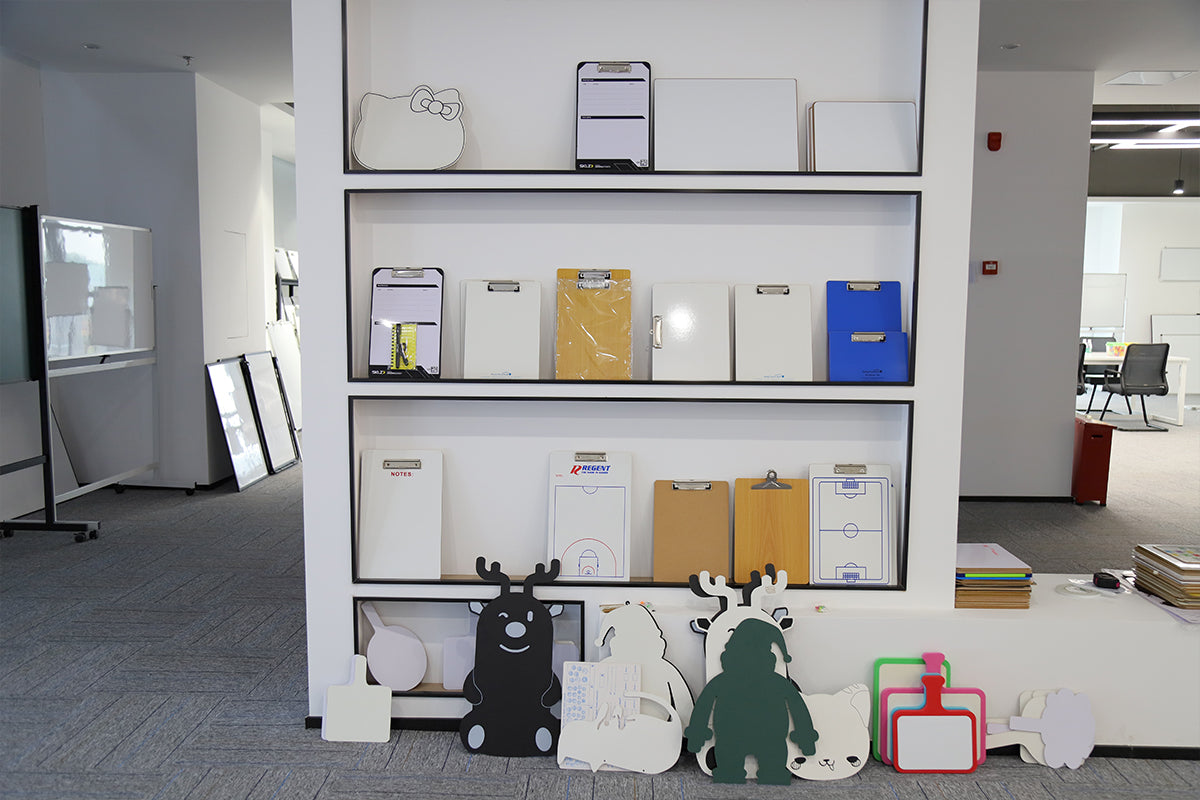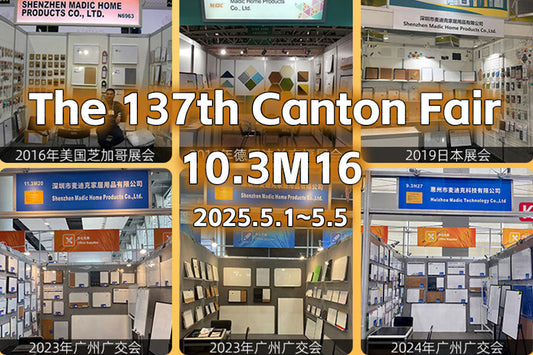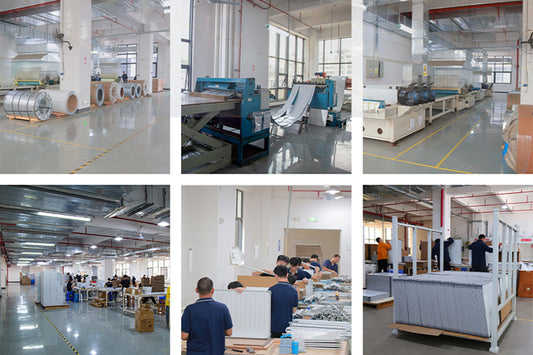Understanding the Differences Between Cork Boards and Dry Erase Whiteboards
When it comes to organizing information and enhancing productivity, both cork boards and dry erase whiteboards are popular choices. However, they serve different purposes and have distinct characteristics that cater to various needs.
 Cork Board
Cork Board
A cork board, often referred to as a cork bulletin board, is made from natural cork material. It provides a textured surface that allows users to pin notes, photos, and other lightweight items using push pins or thumbtacks. Cork boards are ideal for displaying important reminders, announcements, or creative projects. They are particularly useful in classrooms, offices, and homes where visual organization is essential. The natural aesthetic of cork also adds a warm touch to any space.
Dry Erase Board
On the other hand, a dry erase board, commonly known as a whiteboard, features a smooth, glossy surface that allows for easy writing and erasing with dry erase markers. This type of board is perfect for brainstorming sessions, presentations, and collaborative work environments. The ability to quickly write and wipe away information makes dry erase boards highly versatile and efficient for dynamic discussions. They are often used in classrooms, meeting rooms, and home offices. Key Differences Between Cork Boards and Dry Erase Whiteboards
Key Differences Between Cork Boards and Dry Erase Whiteboards
1. Functionality: Cork boards are primarily for pinning items, while dry erase boards are designed for writing and erasing.
2. Material: Cork boards are made from cork, providing a textured surface, whereas dry erase boards have a smooth, glossy finish.
3. Usage: Cork boards are great for static displays, while dry erase boards are ideal for interactive sessions.
In conclusion, choosing between a cork board and a dry erase board depends on your specific needs. If you require a space to pin important documents and visuals, a cork bulletin board is the way to go. However, if you need a flexible surface for writing and erasing ideas, a dry erase board will serve you better. Understanding these differences will help you select the right board for your organizational needs.

A cork board, often referred to as a cork bulletin board, is made from natural cork material. It provides a textured surface that allows users to pin notes, photos, and other lightweight items using push pins or thumbtacks. Cork boards are ideal for displaying important reminders, announcements, or creative projects. They are particularly useful in classrooms, offices, and homes where visual organization is essential. The natural aesthetic of cork also adds a warm touch to any space.
Dry Erase Board
On the other hand, a dry erase board, commonly known as a whiteboard, features a smooth, glossy surface that allows for easy writing and erasing with dry erase markers. This type of board is perfect for brainstorming sessions, presentations, and collaborative work environments. The ability to quickly write and wipe away information makes dry erase boards highly versatile and efficient for dynamic discussions. They are often used in classrooms, meeting rooms, and home offices.

1. Functionality: Cork boards are primarily for pinning items, while dry erase boards are designed for writing and erasing.
2. Material: Cork boards are made from cork, providing a textured surface, whereas dry erase boards have a smooth, glossy finish.
3. Usage: Cork boards are great for static displays, while dry erase boards are ideal for interactive sessions.
In conclusion, choosing between a cork board and a dry erase board depends on your specific needs. If you require a space to pin important documents and visuals, a cork bulletin board is the way to go. However, if you need a flexible surface for writing and erasing ideas, a dry erase board will serve you better. Understanding these differences will help you select the right board for your organizational needs.


